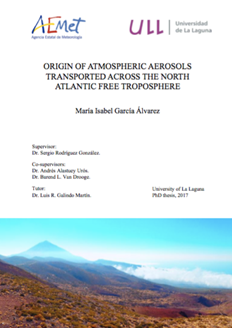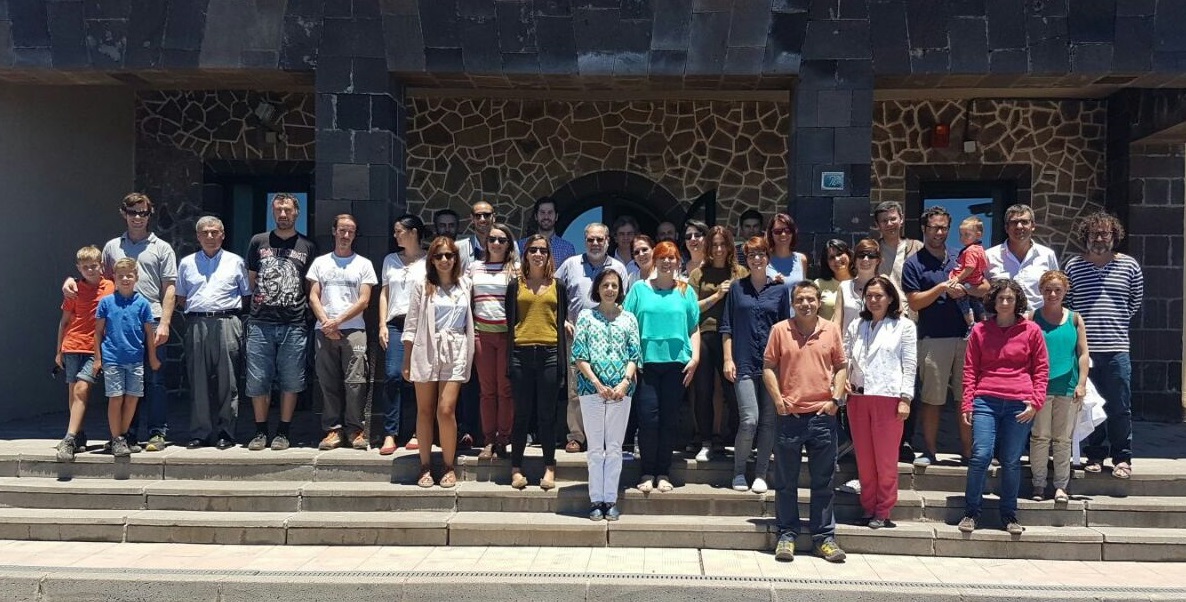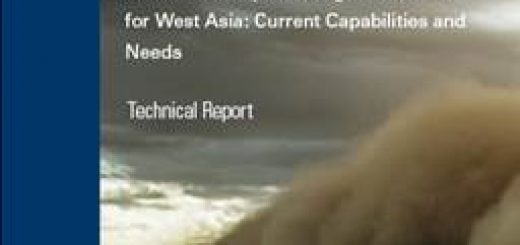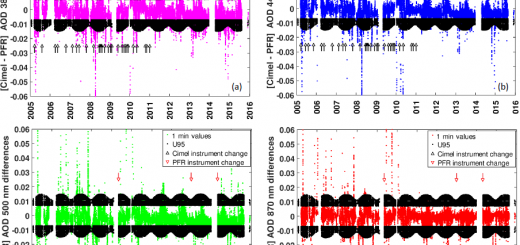PhD thesis: Origin of atmospheric aerosols transported across the North Atlantic free troposphere

Thursday 20 July 2017, 11:30, María Isabel García Álvarez defended her PhD thesis, entitled: Origin of atmospheric aerosols transported across the North Atlantic free troposphere. This research was supervised by:
Dr. Sergio Rodríguez, Izaña Atmospheric Research Centre,
Dr. Andrés Alastuey Urós, Research Council of Spain, CSIC,
Dr. Barend Van Drooge, Research Council of Spain, CSIC,
The event took place at the Izaña Observatory. The thesis committee was constituted by:
Dra. Begoña Artíñano Rodríguez, CIEMAT
Dra. Celia Alves, Universidade de Aveiro,
Dr. Juan Carlos Guerra García, Universidad de La Laguna,
…who awarded the research of Isabel with the qualification of Sobresaliente cum laude.

From left to right: Dr. Andrés Alastuey (Co-Supervisor), Dr. Barend Van Drooge (Co-Supervisor), Dr. Luís R. Galindo (Tutor), Dr. M. Isabel García (PhD Student) and Dr. Sergio Rodríguez (Supervisor).

Committee members from left to right: Dr. Juan Carlos Guerra (University of La Laguna), Dr. Celia Alves (University of Aveiro), Dr. M. Isabel García (PhD Student), Dr. Begoña Artíñano (CIEMAT)

The attendant group in the Thesis defense of Dr. M. Isabel García.
Human induced emissions are changing the amount and composition of the atmospheric aerosols, i.e. the particles suspended in the ambient air. Aerosols influence on climate, since they backscatter solar light to space and act as cloud condensation nuclei by which clouds form. Aerosols have been widely studied in urban and rural areas, but scarcely in mid to upper parts of the atmosphere. Based on measurements at Izaña Observatory, Isabel García studied the aerosols in the North Atlantic free troposphere focused on three air streams:
1. the free troposphere westerlies, which bring aged aerosols emitted in North America, including sulphate linked to coal power plants emissions, agriculture dust from the High Plains and soot emitted in large urban areas,
https://www.atmos-chem-phys.net/17/7387/2017/acp-17-7387-2017.html
2. the Sahara Air Layer, where dust is usually mixed with some organic aerosols whose origin have been linked to vegetation (both secondary organic aerosols and debris) and some antropogenic compunds (including oil lubricants)
http://www.atmos-chem-phys-discuss.net/acp-2017-108/
3. upslope winds that blows at mountain sites above Tenerife, which it has been observed that new particle formation occurs about the 30% of the days of the year, linked to the photo-oxidation of sulphur dioxide (emitted by ships and power and oil refining plants) and compounds emitted by the vegetation.
https://www.atmos-chem-phys.net/14/3865/2014/
|
Author: María Isabel García Álvarez Title: Origin of atmosferic aerosols transported across the North Atlantic free troposphere Supervisor: Sergio Rodríguez, Izaña Atmospheric Research Center Co-supervisor: Andrés Alastuey Urós, Spanish National Research Council – CSIC. Barend Van Drooge, Spanish National Research Council – CSIC. |







